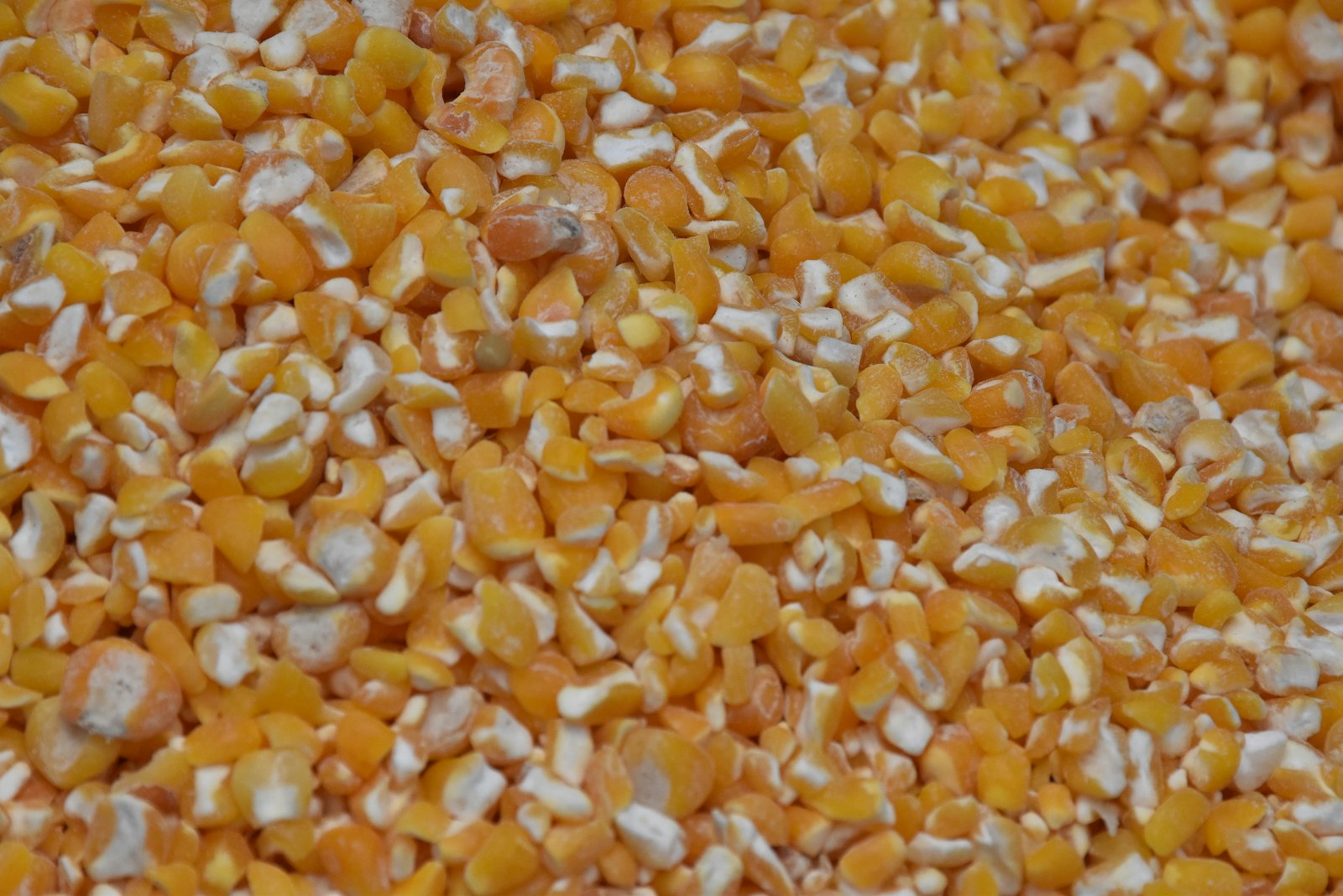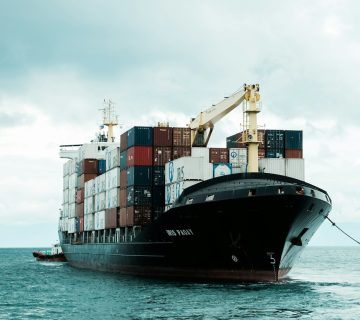Watching grain prices shouldn’t be gambling. Start with seasonality: harvest windows in the Black Sea and Latin America often increase nearby supply and soften basis. Track freight and FX—the delivered price can move as much on ocean rates and currency as it does on futures. Follow major reports (e.g., monthly balance updates and crop condition bulletins), and compare offers across origins to avoid bottlenecks. Lock part of your volumes on contracts and keep a flexible tranche for spot opportunities. If your demand is steady, consider calendar laddering (staggered shipment months) to average risk. Finally, clarify specs early (moisture, FM, protein) to avoid late re-negotiations that add hidden cost. With a simple dashboard of 6–8 indicators, you can act before the market does.



No comment